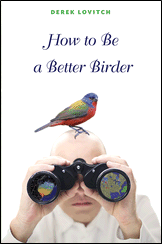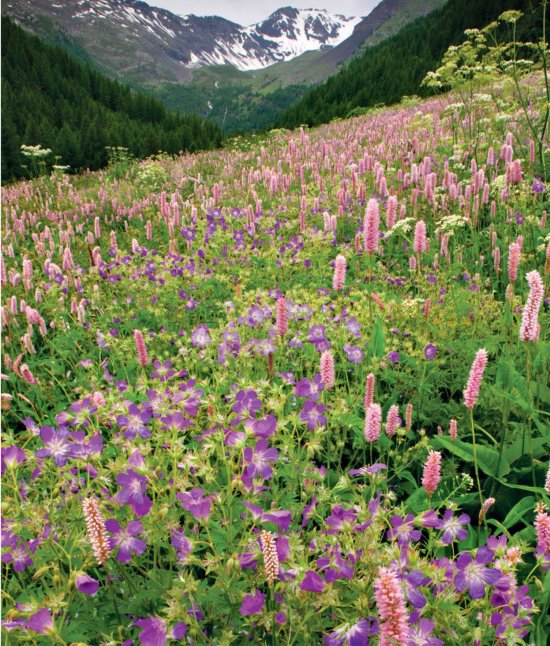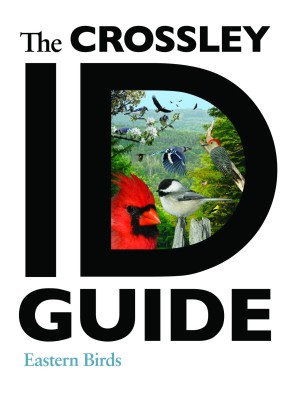Submitted by Gitie on 25 June, 2012 - 10:30
 How To be A Better Birder is not just for professional birders.
How To be A Better Birder is not just for professional birders.
If you like to know more about how to recognise different species of similar looking birds when they are flying in the air or those that hover around you, Lovitch gives a good set of principles you can use to develop your skills.
The book goes further and describes sing the ‘Whole Bird” approach to identifying the bird. Regular readers know that I’ve been using this approach for many years myself and teac them to do the same, honing in on the finer more unique patterns to identify individual birds.
The more exposure we give our brains to looking at the shape of the birds in flight, or while perched at a distance, the better we become at identifying them from a distance. Lovitch’s sketches of the different sparrows is an amazing example of how the brain can be trained to pick the slight differences in the shape and features of even small birds.

Submitted by Gitie on 3 March, 2012 - 16:59

I love wildflowers and I know that wild birds love wildflowers too. Bob Gibbon's Wildflower Wonders - The 50 Best wildflower sites in the World is filled with spectacular photographs like the one above of Wood Cranesbill and Bistort in the Upper Narreyroux Valley in in the Ecrins National Park in France.

Submitted by Gitie on 19 August, 2011 - 12:27
 The Crossley ID Guide: Eastern Birds
The Crossley ID Guide: Eastern Birds makes bird identification much easier. Richard Crossley has used over 10,000 of his own photographs to make composite images for over 660 species found in the USA and Canada. The plates show the birds in natural surroundings as one is likely to find them in the field, from various angles - perched, flying past, close up and afar. The images include male, females, juvis, adults and show their plumage changes over the seasons.
makes bird identification much easier. Richard Crossley has used over 10,000 of his own photographs to make composite images for over 660 species found in the USA and Canada. The plates show the birds in natural surroundings as one is likely to find them in the field, from various angles - perched, flying past, close up and afar. The images include male, females, juvis, adults and show their plumage changes over the seasons.
This is a new approach to bird identification. In pages 22-27 Crossley explains how the book should be used. Bird Topography is covered in pages 28 - 31 and the book starts with a visual size guide to help the reader understand the proportions of the birds in relation to each other.
A lover of pictures, the author states he doesn't like text and prefers to use vibrant, colourful images to help train the brain to recognise the different shapes of the birds in their most likely to be seen scenarios.









